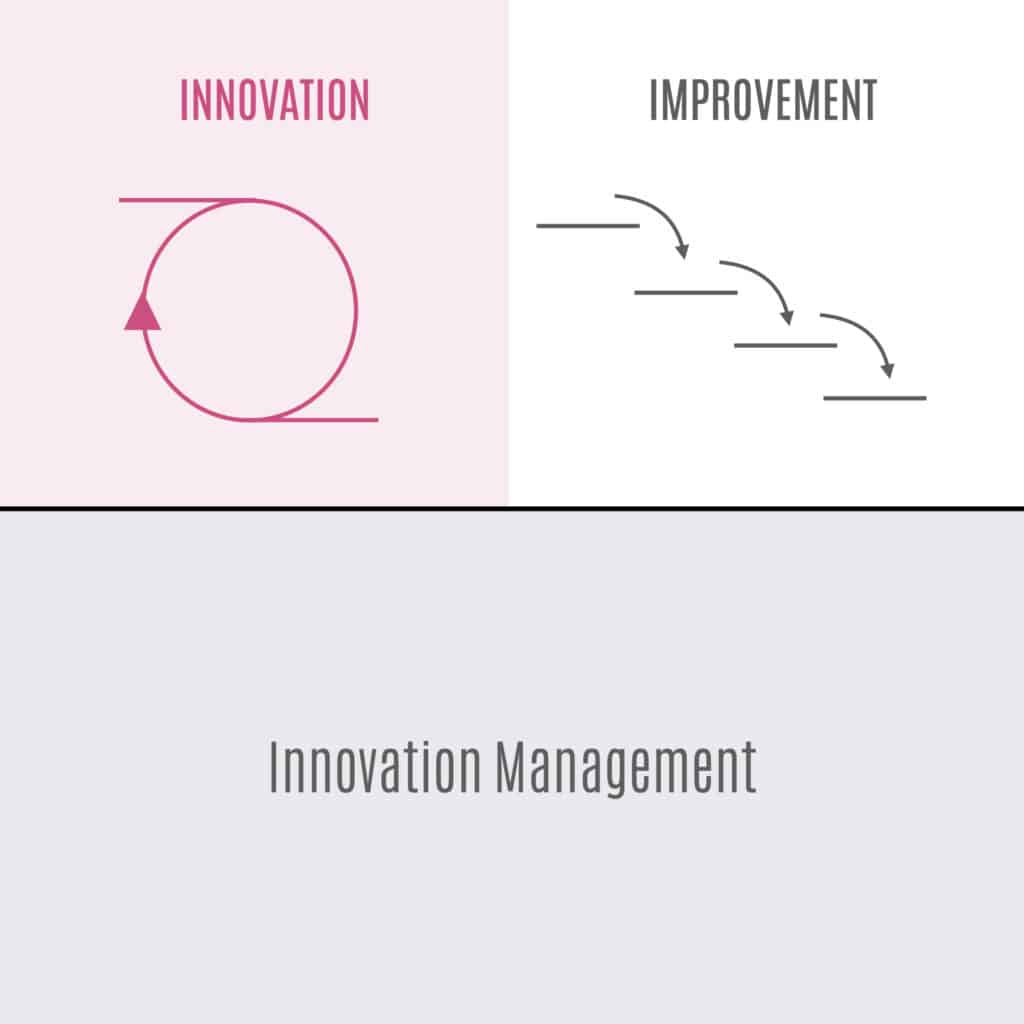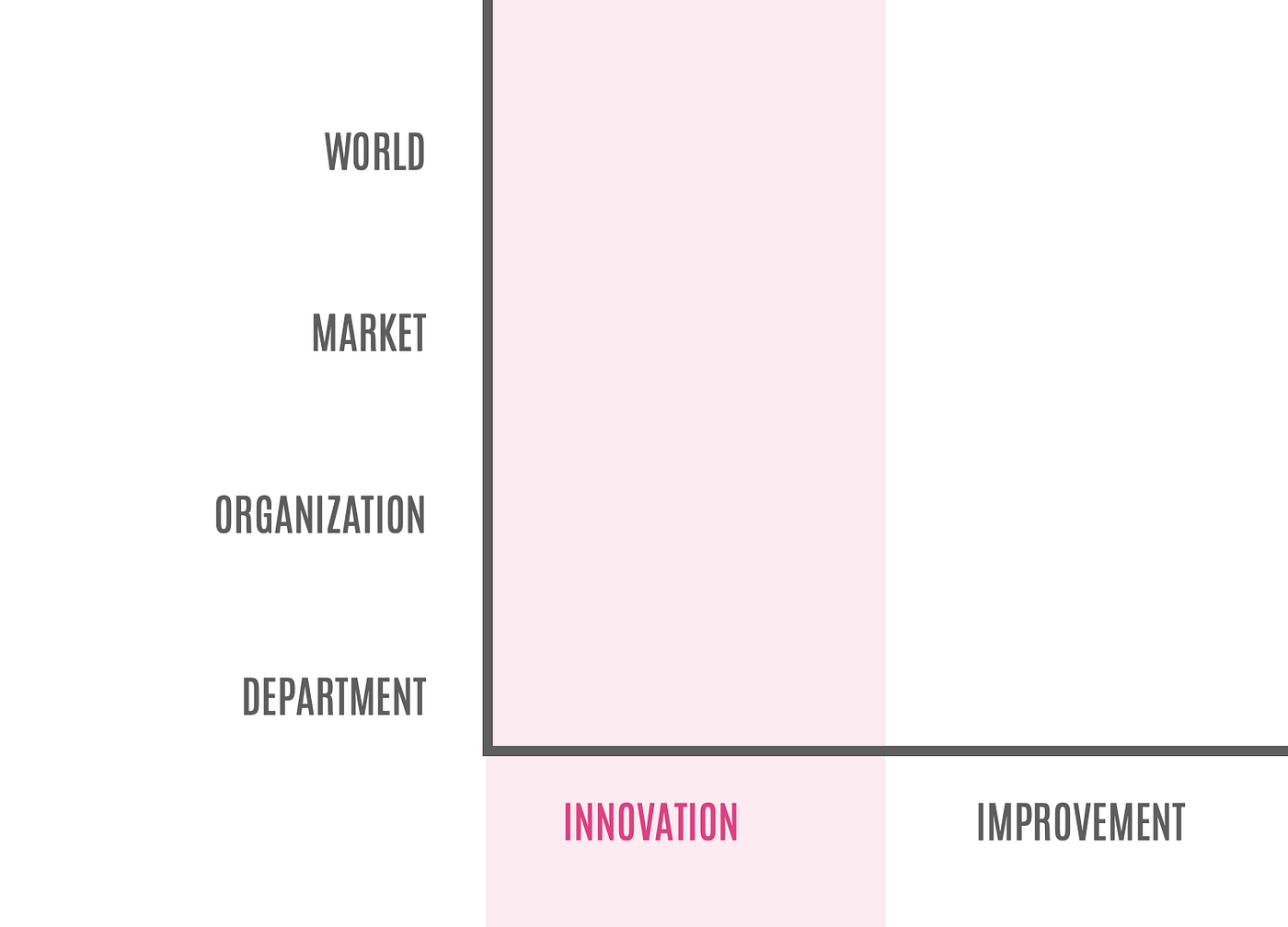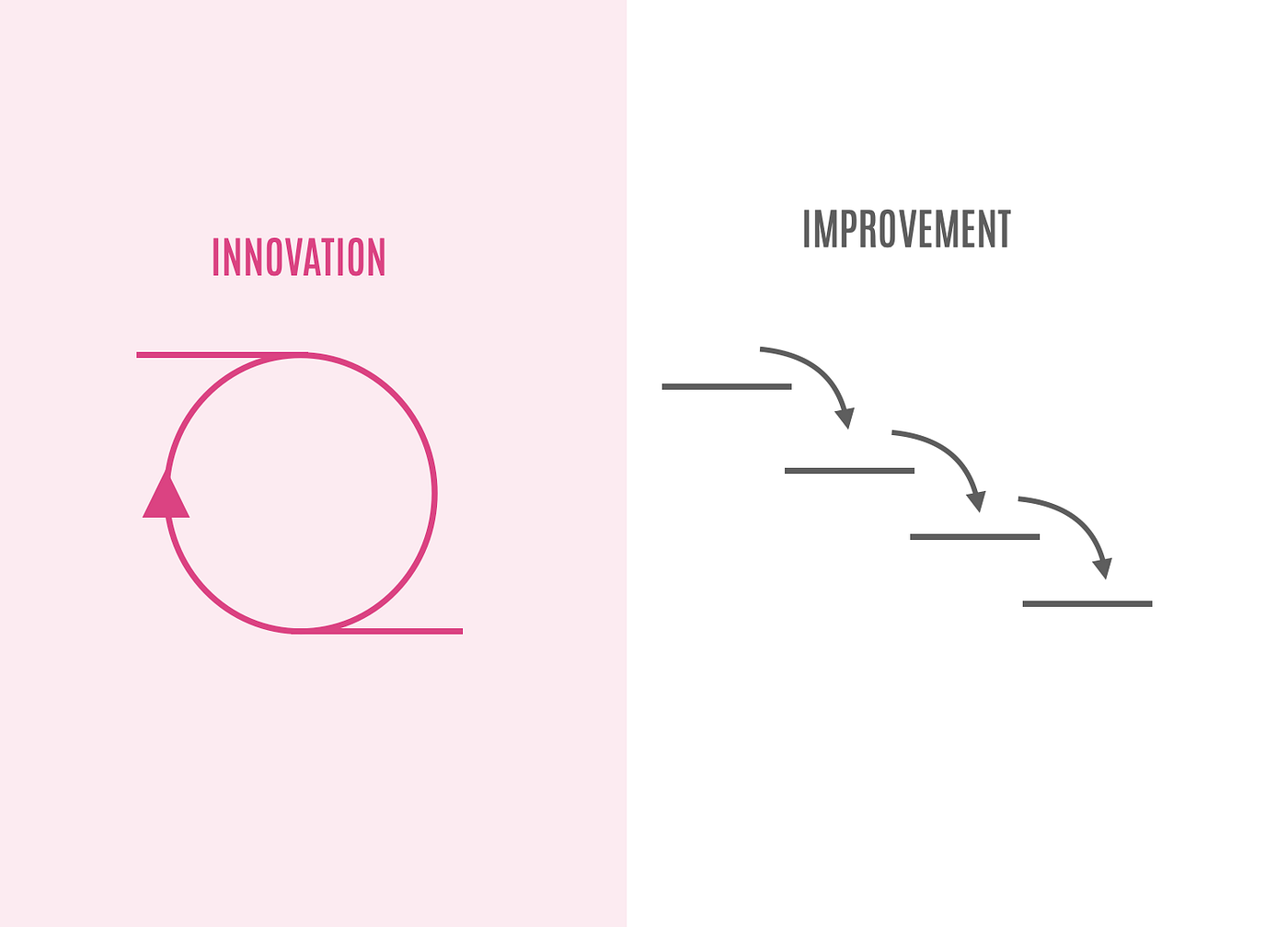Innovation techniques, processes, and technologies that help organizations generate new ideas, evaluate their potential, and implement and manage them effectively.

Innovation techniques, processes, and technologies that help organizations generate new ideas, evaluate their potential, and implement and manage them effectively.
Imagine if you could make one simple tweak to your innovation management approach, and see an instant boost in innovation success
What if there were 5 of these tweaks… and each of them could generate more involved stakeholders
Lucky for you, that’s exactly what i’m going to share with you in this post: 5 insanely practical innovation management tools that you can use to transform your work environment TODAY.
We like to help organizations become more innovative by sharing proven techniques and strategies for managing innovation and unlocking growth opportunities. If you want to learn the principles of starting an innovative movement within your projects and organization you should consider our free course. Click here to take your organization to the next level of innovation!
Most people are too eager to get a product or a solution out there. Are you?
Steve Jobs underlines in the video below the importance of starting with the customer experience and work backwards to a solution. It is exactly this what lots of entrepreneurs, HR employees, product managers and innovators forget.
So answer these four questions:

Image from STUDIO.WHY
Lots of people talk about innovation, lots of people start innovation projects and lots of organizations have adopted innovation as one of their core values. But when working on it, ideas become too weird or it seems too much out of the comfort zone. Result: It stops.
This is how to avoid that:
This is important because if your manager is asking for an innovation, but actually meant an improvement and you will figure that out that the hard way during your process. Your time and energy spent on focussing new ideas is wasted.

Image from STUDIO.WHY
It is true that innovation is ment to go broad and diverge. But that doesn’t mean that you innovate without focus. Answer these two questions to create focus:
With the answers in mind you can design your problem solving approach, which is your Innovation Strategy

Image from STUDIO.WHY
Lots of people see innovation as something that starts some day and ends some day, like a project. Do you?
The problem here is that people trick themselves by doing that. Because innovation needs unforeseen insights. Mostly in projects the results have been defined by forehand, together with the necessary resources such as time. There is no time and room for unforeseen insight. And you also can’t plan on that with the project approaches we know. These look like waterfalls, are linear.
Peter Drucker, Innovation and Entrepreneurship GURU (read his book!) confirms that innovation cannot be seen as something you do as a project, but rather as a process. This means that innovation must be an uninterrupted process of learning and adapting to both internal and external conditions. It never stops. To succeed in changing environments, you need a system and a workflow that you can easily integrate into your daily work.
And that is where processes like Design Thinking, Design Sprints, Lean Start-Up and Agile Scrum come in. These have all in common that they leave room for unforeseen insights. They help to become more comfortable with the ‘fail fast — learn fast’ approach that is needed to mitigate risks in innovation.
Ok, if you’ve chosen one of the strategies above, it’s time for the last part before you can start innovating. (If those methods are new to you, don’t worry. Don’t worry, you can learn about those later)

Image from STUDIO.WHY
Allright this is what you need to understand: The one who comes up with an idea is mostly not the one who will develop it further, implement and introduce it. You need others, your idea evolves every stages of the idea implementation funnel. That is why it is important to have the right people on board from the beginning. Having people on board doesn’t mean they have to spent as much time as you or your team does on the innovation, no it means: give them the power to decide.
Everyone loves his or her own idea. So make it their idea, make them part of the process.
These are the roles you can think of:
Innovation tools are techniques, processes, and technologies that help organizations generate new ideas, evaluate their potential, and implement and manage them effectively. Some common types of innovation tools include:
Now its your turn.
I hoped you enjoyed my innovation management tools.
Now i want to hear from you:
Which Technique from this post are you most excited to try? Are you going to use Innovation Roles? Or do you want to update your innovation approach?
Let me know by leaving a quick reply.
Stay tuned.
Talk Soon,
Michiel Bloemendaal
Subscribe to our 3-weekly newsletter: The Innovators Journey to get valuable insights, tips, resources and special offers to drive change.
We are dedicated to helping individuals and organizations unlock their innovation potential. Our team offers a range of services including webinars, workshops, tailored programs, coaching, and training that can be tailored to fit your specific needs and goals. Whether you are a large group or an individual seeking one-on-one support, we have options to accommodate you. Contact us today to discover how we can help drive innovation and success within your organization.
Education
Public Service
Healthcare
Infra & Mobility
Tech & ICT
Food & Pleasure
Finance
STUDIO.WHY
Genteldijk 5
4191 LD Geldermalsen
The Netherlands
We set the language based on your browser settings. If you would like to visit the site in another language you are most welcome to select that here!